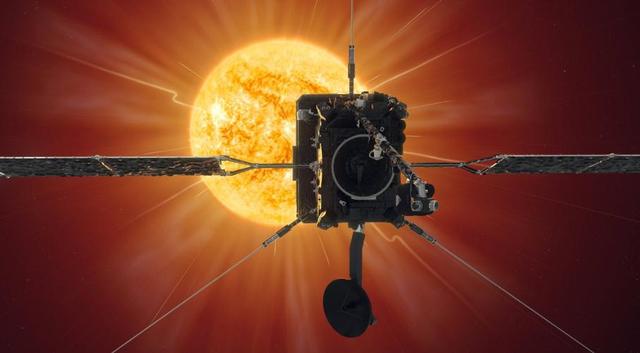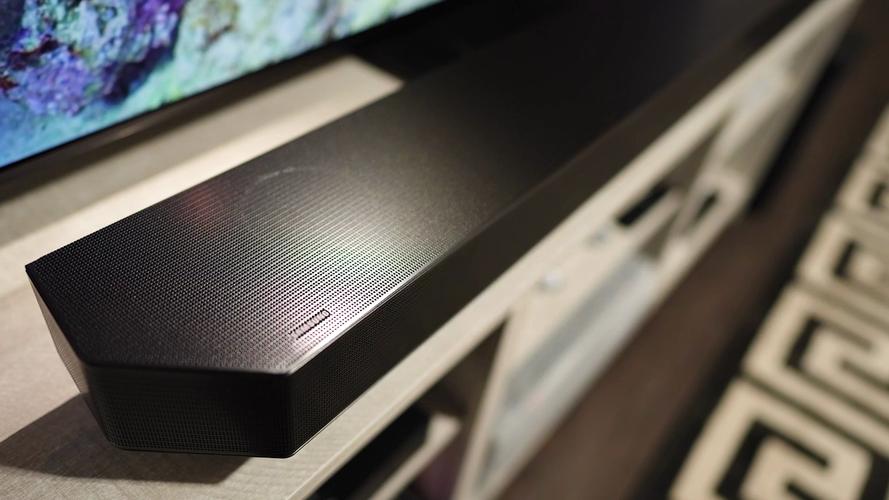PayPal's German Launch Signals Evolving Mobile Payment Technology and Apple's Shifting Strategy
For years, the Near Field Communication (NFC) chip within Apple's iPhones has been a tightly controlled hardware component, primarily dedicated to enabling Apple Pay. This strategic limitation restricted third-party services from directly accessing the chip for contactless payments via the native wallet interface. However, recent developments, particularly in the European Union, highlight a significant shift in how this fundamental technology is being leveraged and accessed on the iOS platform. The availability of PayPal's "tap to pay" feature for iPhone users in Germany is a prime example of this evolving landscape.
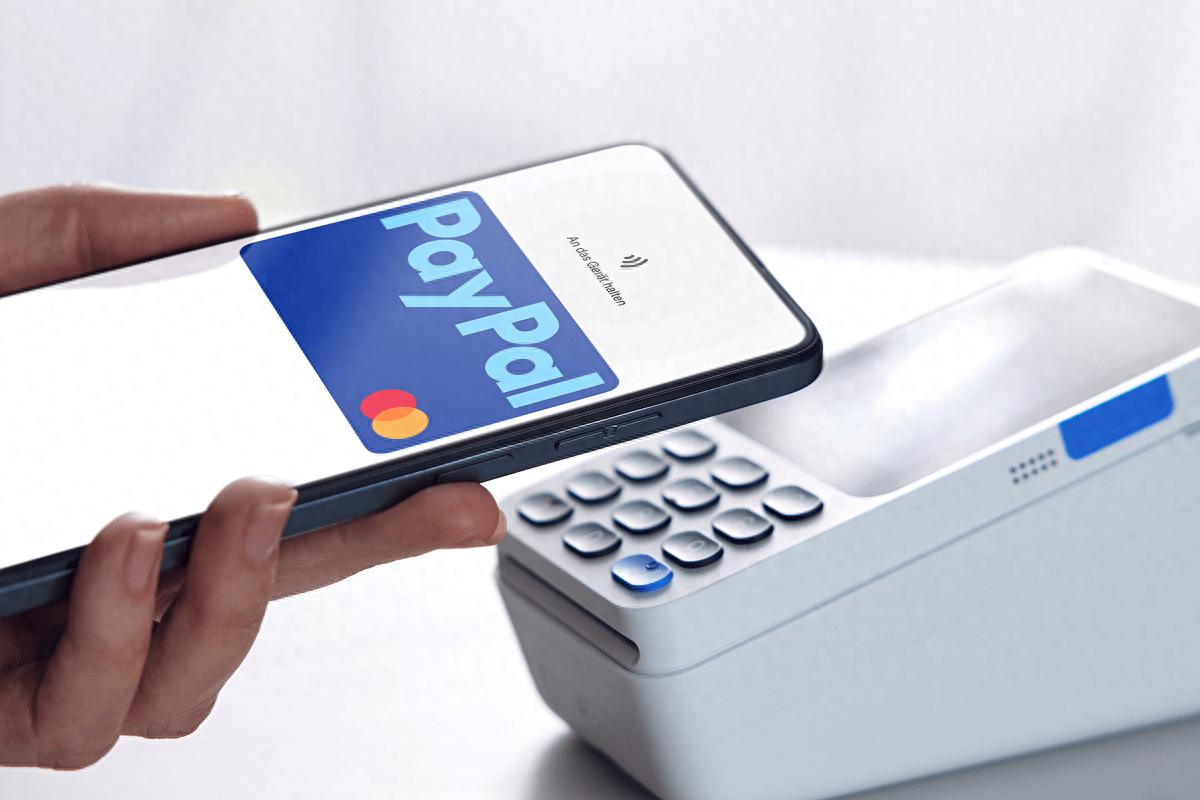
According to reports from the German tech website iPhone Ticker, German iPhone users are now able to use PayPal's contactless payment feature at in-store terminals. This functionality, announced by PayPal earlier this month, utilizes the iPhone's embedded NFC technology. PayPal's implementation is designed to work with payment terminals that support Mastercard transactions. It is currently noted to be available only on iPhone devices and not on the Apple Watch. This technical rollout demonstrates how a major payment service is now integrating more deeply with the core hardware capabilities of the iPhone for payment purposes, moving beyond app-based transactions to direct contactless interactions at the point of sale.
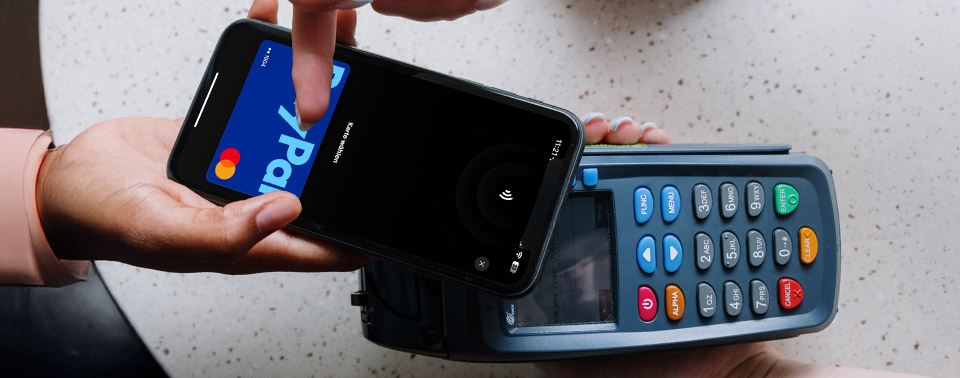
This specific technical enablement for third-party contactless payments in the EU came about after Apple opened its NFC hardware to third-party wallet apps for users in the region. This decision, notably mandated by the EU's Digital Markets Act (DMA), represents a significant change in Apple's technology ecosystem control. While regulatory pressure was a catalyst, the technical outcome is the crucial point: a fundamental hardware feature previously locked is now accessible, allowing different software providers to build competing payment experiences leveraging the iPhone's inherent NFC capabilities. Notably, a Norwegian app called Vipps was reportedly the first to utilize this opened ecosystem back in December, preceding PayPal's launch by several months, indicating the technical work involved in integrating with this newly available hardware access.
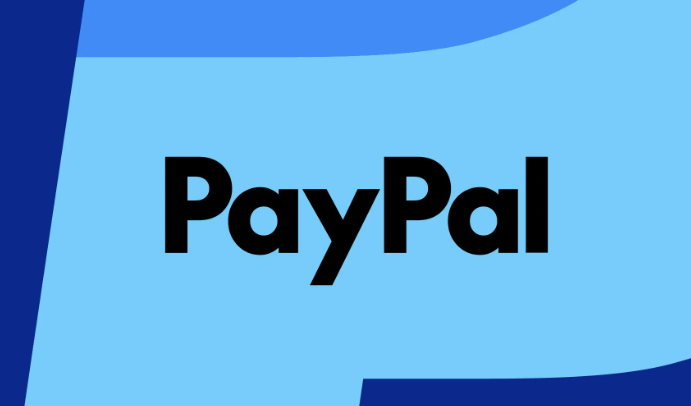
The trend towards opening NFC functionality isn't solely limited to the EU's contactless payment requirement. Apple has also been expanding NFC access in other technical domains and regions. In August, the company announced it would allow developers to offer NFC-based in-app payments in the United States and other markets. Furthermore, Apple permits businesses to utilize the iPhone's NFC reader feature to accept contactless payments within third-party applications. PayPal was an early adopter of this specific capability, having integrated this into their Venmo and PayPal Zettle apps last March. These broader technical openings suggest an evolving strategic approach from Apple regarding the interoperability and accessibility of its hardware features, potentially balancing control with fostering innovation and responding to global demands.
For the target audience with spending power, understanding these technical shifts is key to navigating the modern payment landscape. The availability of PayPal's "tap to pay" on iPhone in Germany, enabled by the unlocking of the NFC chip, offers increased technological choice at checkout [Implied]. It highlights how underlying hardware access can directly influence the services available to users. This development is not just about a new payment option; it underscores the ongoing evolution of mobile technology ecosystems, where regulatory actions and company strategies intersect to shape how core hardware features like NFC are utilized by third-party software, fostering greater competition and potentially leading to more innovative mobile payment solutions leveraging the power of the smartphone.
(Writer:Ciki)
